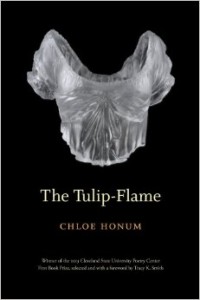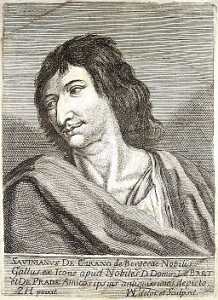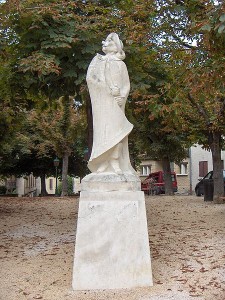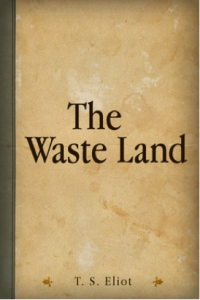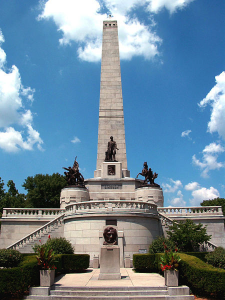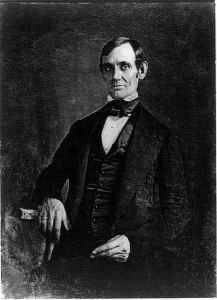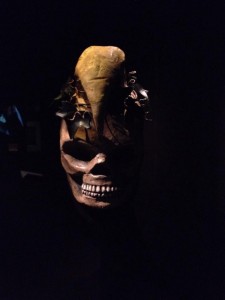
The rub. Milord? Then, if you please, a bit
To the back. Yes, there, just where the mud
Has scabbed to it. But still I want to know:
The rub? Who ever forfeited his sleep
For fear of dreams? Dreams vary here on Earth,
And so they may hereafter. Why be perplexed?
Life is a dream, as I have heard, and if
Our death’s another, may we well not hope
For dreams that correspond to what we wish?
I did—and I have dreamt of you, with all
Your sweet advantages. A mother mild
And coddling. True, she is a whore, but so’s
Ophelia, that’s nothing new. She loves
And, what is more, she needs you. If I were you,
I would simply poison Claudius.
Then all is square, and you can your coitus
Take with a bare whatever. I jest, Milord,
And do exceed my limit—or yours, at least.
You grimace. Think: if life’s a dream, our wishes
Matter. Conform yourself to what may be
And leave the rest to molder here with me.
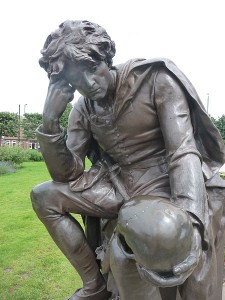
Though best known today as a science fiction writer, Thomas Disch’s work spans a plethora of genres and mediums. In addition to being a pioneer in the field of “New Wave” science fiction, which sought to elevate the genre from its pulp roots, Disch also tried his hand at video games, collaborating with Electronic Arts in 1987 to create the text-based adventure game Amnesia, and theatre, as the author of a metafictional retelling of Ben-Hur and the critically acclaimed poem/monologue The Cardinal Detoxes. Born in 1940 in Iowa and raised in Minnesota, Disch moved to New York City in the 1950s, a city to which he would always return despite his constant travel and even short periods of time living in England, Spain, Rome, and Mexico. Disch published his first short story in 1962 and his first novel, The Genocides, in 1965, kicking off a long and prolific career that lasted until his death in 2008.
In his poetry, Disch sought to appeal to a different audience than that which read his fiction. Consequently, it is hardly surprising that this piece concerns not science fiction but Shakespeare, imagining the skull of the dead jester Yorick replying to Hamlet’s lamentations. Interestingly, Disch’s Yorick seems to be responding more to Hamlet’s famous “To be or not the be” monologue rather than what the Prince of Denmark actually says to the skull in the graveyard. The tone of the poem is mocking toward the young Hamlet, opening with a pun off his comment, “perchance to dream; ay, there’s the rub” (Act Three, Scene One) and later urging the infamously indecisive hero to quit philosophizing and just kill his uncle already. Befitting a disembodied skull, Yorick is especially contemptuous of Hamlet’s dread of death, describing both life and what lies beyond as being dreams to be shaped by the mind. The former jester has not entirely forgotten his love for the child he once entertained, however, and ends the poem on a note of sympathy, exhorting Hamlet to let his fears lie dead with the past.
“Yorick’s Reply” was originally published in the fourth issue of Shenandoah’s thirty-eighth volume, printed in 1988. The poem is currently available in the latest collection of Disch’s poetry, About the Size of It.


